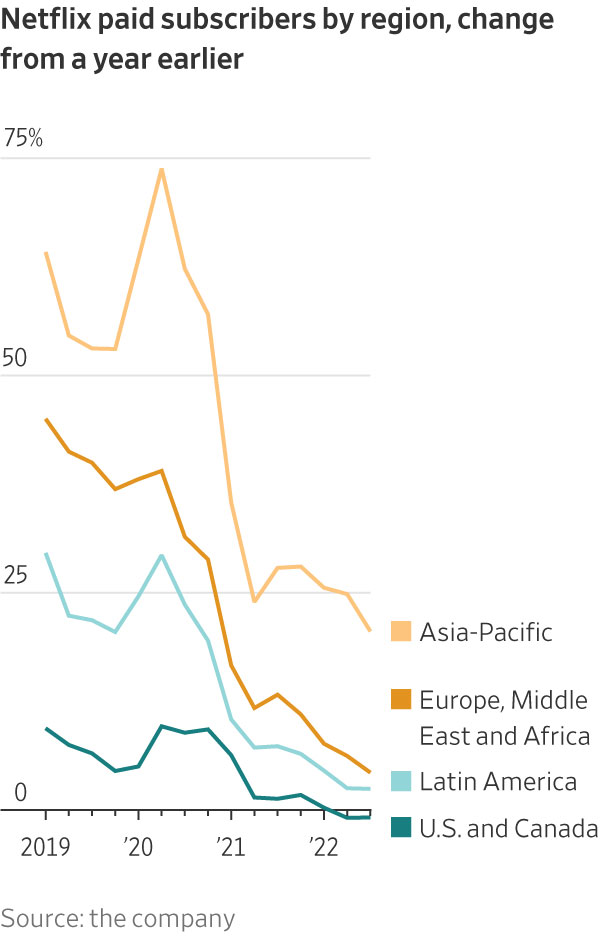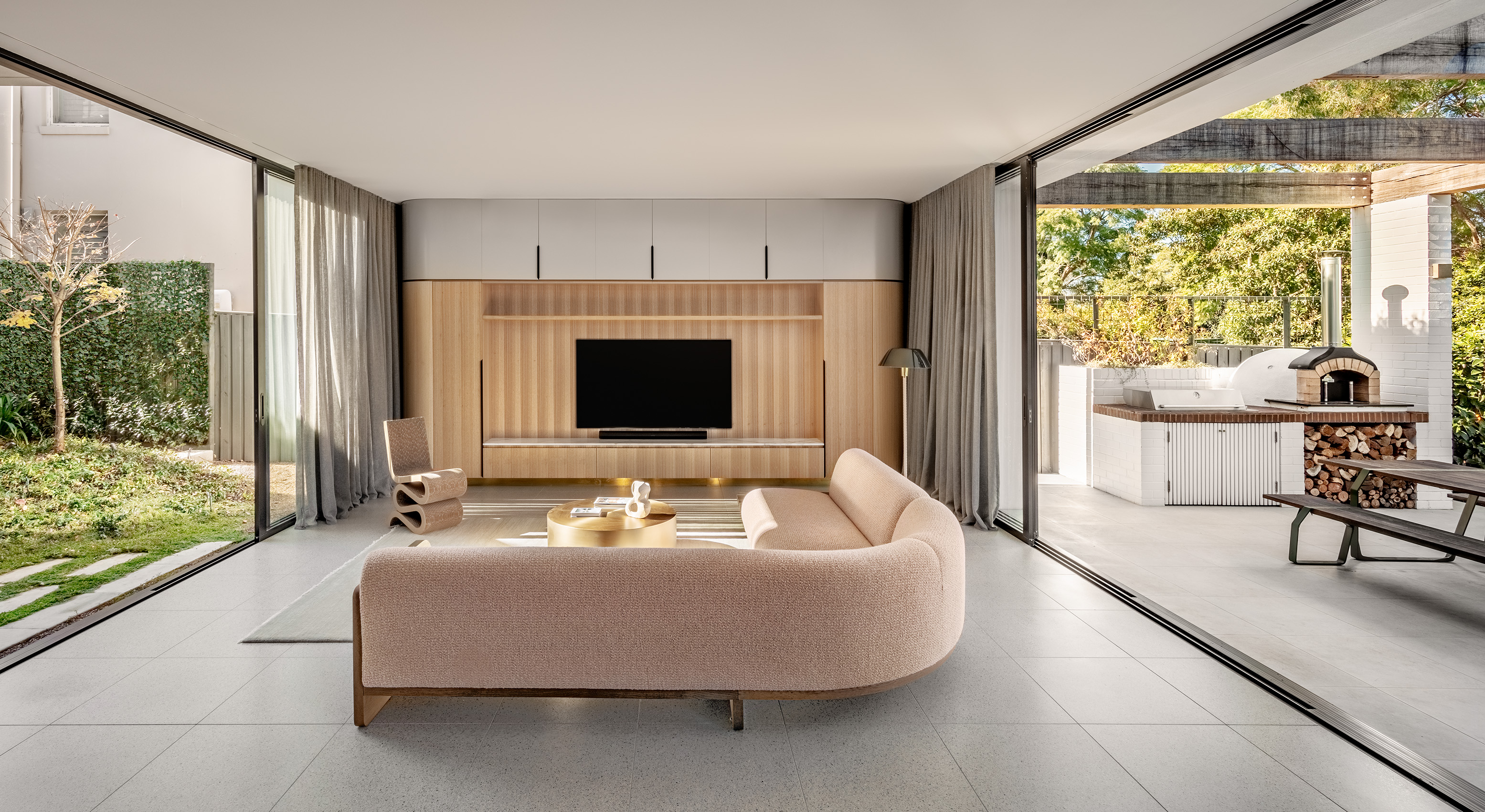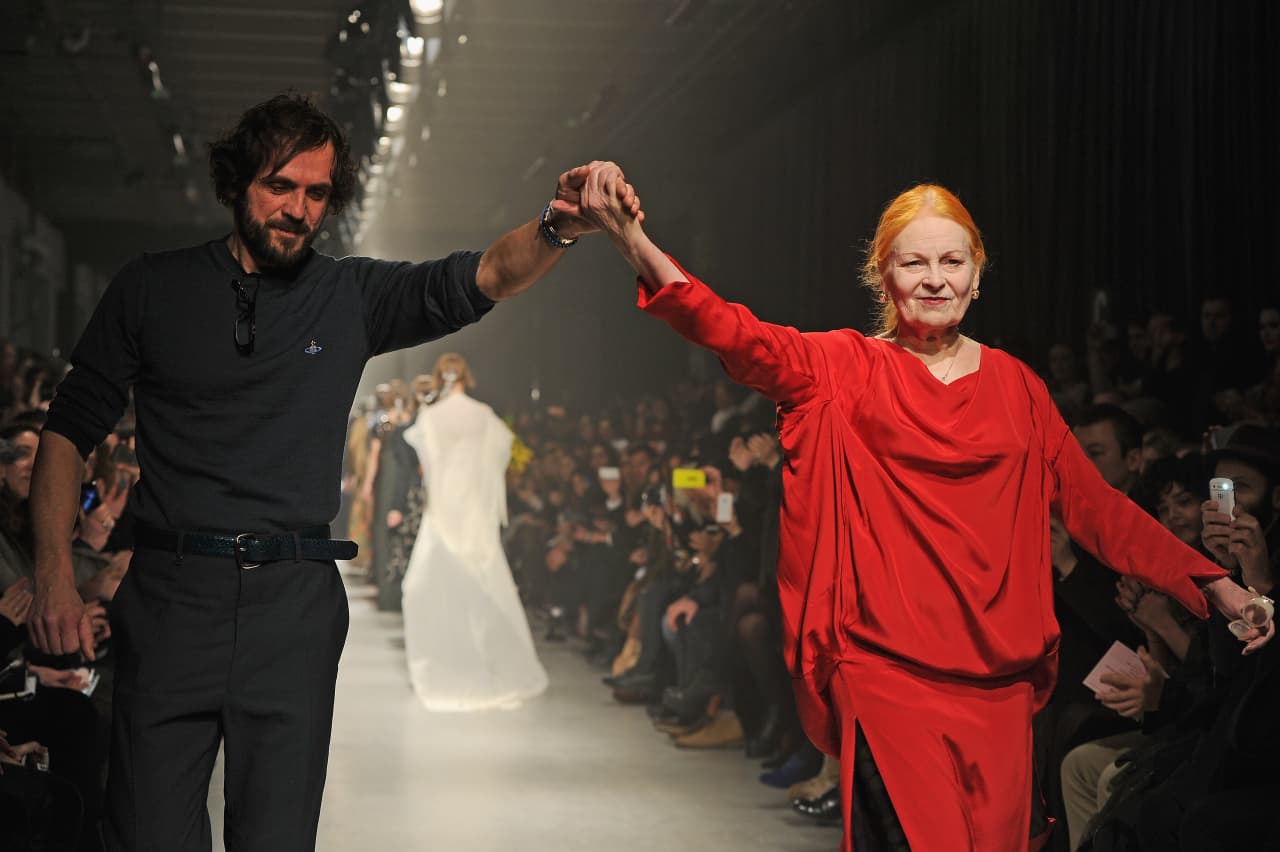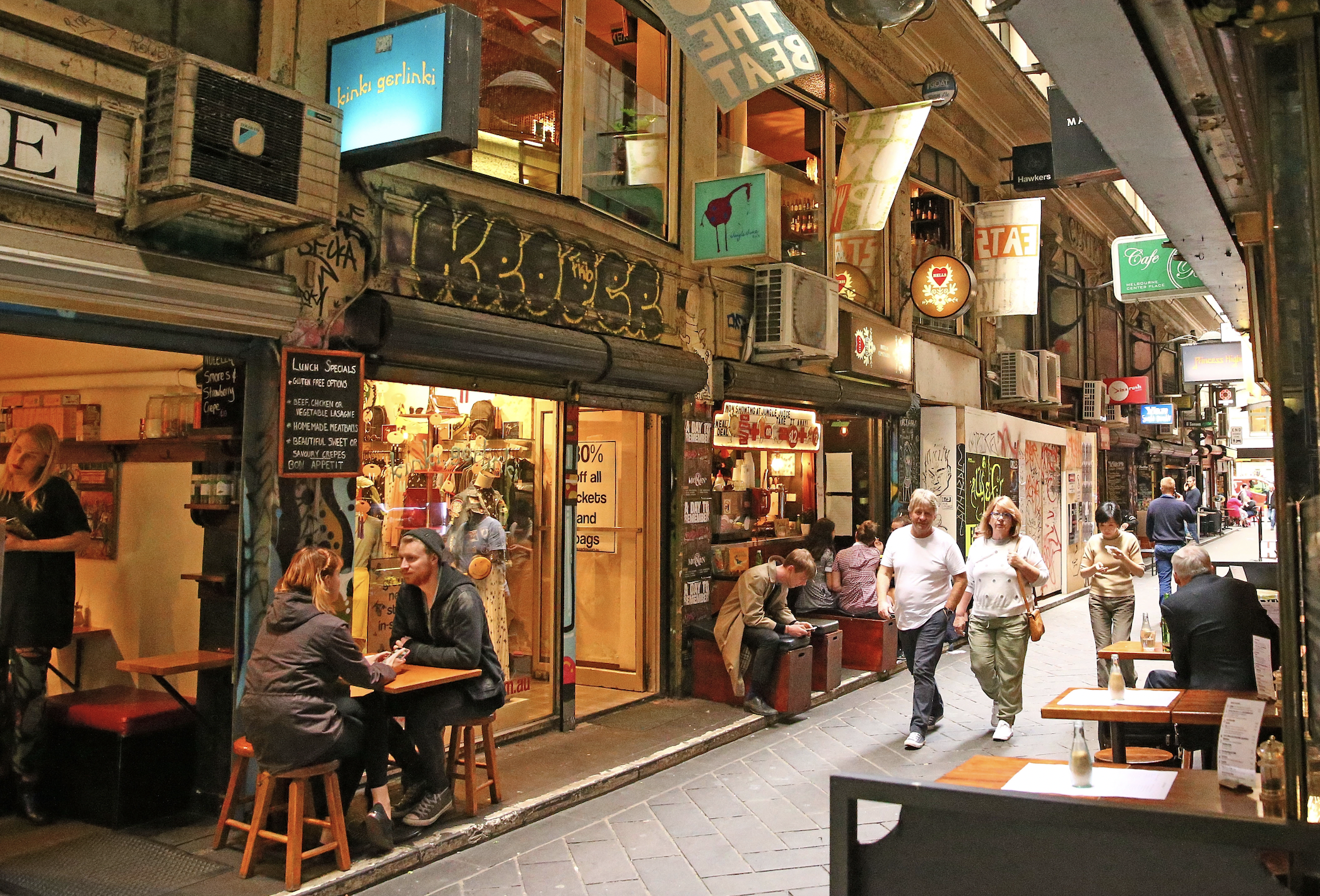The End of Netflix Password Sharing Is Nigh
Putting a stop to the practice without alienating customers will be a challenge
The end of password sharing is coming to Netflix soon—and it will be a challenge for both viewers and the streaming giant.
The company has put off this moment for years. Researchers inside Netflix Inc. identified password sharing as a major problem eating into subscriptions in 2019, people familiar with the situation say, but the company was worried about how to address it without alienating consumers. Then Covid lockdowns hit, bringing a wave of new subscribers, and the effort to scrutinise sharing petered out.
Netflix didn’t pursue a plan to crack down widely on the practice until this year, as subscriber losses mounted. At a company gathering outside Los Angeles early this year, Co-Chief Executive Reed Hastings told senior executives that the pandemic boom had masked the extent of the password-sharing issue, and that they had waited too long to deal with it, according to people who were at the meeting.
More than 100 million Netflix viewers now watch the service using passwords they borrow—often from family members or friends, the company says. Netflix has said that it will put an end to that arrangement starting in 2023, asking people who share accounts to pay to do so. The company expects to begin rolling out the change in the U.S. early in the year.
Netflix’s crackdown risks squandering years of goodwill the company has built up over the years and angering consumers, who have a crowd of other streaming services to choose from.
“Make no mistake, I don’t think consumers are going to love it right out of the gate,” Netflix Co-CEO Ted Sarandos told investors in early December, adding it was up to the company to make sure users see value in paying for the service.
Netflix declined to comment.
It’s a stark turnaround for a company that once tweeted, “Love is sharing a password.” The effort is part of Netflix’s answer to slowing growth, especially in the U.S. market.
Netflix has also switched gears on showing ads in content after years of resisting it. A $6.99-a-month ad-supported tier launched in November, aiming to capture new users looking for a discount to more expensive ad-free plans.
Netflix’s terms of service have long said that the person who pays for the account should keep control of the devices that use it and not share passwords, but the company never enforced the rule strictly. Drawing a hard line on who should be allowed to share passwords has proved tricky. Should kids going off to college be allowed to share their parents’ password? And what happens when users have a second home or travel a lot?
Netflix has updated its customer help pages this year to say accounts are only to be shared by people who live together. The company has said it would enforce its rules based on IP addresses, device IDs and account activity.
To mitigate consumer backlash, Netflix has discussed dialling up the pressure on password sharing gradually, according to people familiar with the situation. Some product executives warned against making the service too complex and not consumer friendly, a practice a few of them referred to internally as Comcastification, a dig at the cable giant, according to people familiar with the situation. Netflix has always billed itself as the alternative to cable providers that tethered viewers to cable boxes and contracts.
Netflix considered allowing users to rent pay-per-view content through their subscriptions, as Amazon Prime Video customers can, because it could make users wary of sharing their login information with others who might run up their bills, people familiar with internal discussions said. Ultimately, the company decided against that tactic, in part because product executives were concerned it would take away from the simplicity of the service, the people said.
As the leader in the streaming-video business, with 223 million global subscribers and a market cap of about $128 billion, Netflix is the first in the industry to confront password-sharing, but likely won’t be the last, investors and media executives say. Other streaming rivals face losses as well, and over time, the pressure to make money and keep growing could push services like Disney+, HBO Max and Paramount+ to take a hard look at password sharing as well.
Analysts at Cowen Inc. estimate that Netflix’s effort could generate an additional $721 million in revenue next year in the U.S. and Canada, where there are about 30 million sharers.
The estimate is based on a survey asking consumers who share the account of a person they don’t live with how they would respond if Netflix required them to pay $3 a month to keep sharing, and factors in people who would pay more to start their own new accounts.
“It’s a boost and it can definitely help, but it’s also a one-time boost,” said Neil Macker, senior equity analyst at Morningstar. He said he thinks the company is underestimating the degree to which the change will spur customers to cancel Netflix subscriptions.
Gina Mazzulla, 53 years old and a longtime Netflix subscriber who lives in southeastern Pennsylvania, shares an account with her parents. Since the $9.99-a-month plan only allows a single stream at a time, they text each other to coordinate. She said she might pay a few dollars more for sharing if Netflix forces the issue, but it would depend on the cost.
“If I were to stop watching Netflix is my life going to be dramatically impacted or different? No,” she said.
While Netflix hasn’t announced its plans for the U.S., it has been running tests in Latin American countries, one of the regions where password sharing is most prevalent. In those tests, Netflix lets subscribers pay to share accounts with up to two people outside of their homes.
Rather than blocking password borrowers from accessing someone else’s account, Netflix prompts them to enter a verification code for their device. The code is sent to the primary account owner, and must be entered within 15 minutes.
The password borrower can watch Netflix after entering the code, but might keep getting prompts until the account owner pays an additional monthly fee to add a sharer, according to people familiar with the tests. Netflix is weighing similar plans for the U.S., the people said.
Netflix has received complaints from consumers about the effort in Latin America, but many users are nevertheless opting to pay for sharing, according to some of the people.
One major challenge is that it is difficult for Netflix to determine when an account holder is traveling and accessing the service from another location like a second home or hotel, versus when another individual is borrowing their password, said people familiar with internal discussions.
Netflix also debated how to address families in which children split time between two parents’ homes, the people said. One approach the company has discussed is allowing subscribers to let Netflix know if they are shifting to a different geographic location for a period of time.
In markets such as India, people often watch Netflix on their mobile phones and stream it over cellular networks, people familiar with the matter said. That makes it harder for Netflix to determine who lives in a household, compared with when users stream over shared Wi-Fi or wired broadband connections.
Netflix saw the warning signals on password sharing in 2019. The company reported a rare loss in U.S. subscribers in the second quarter of that year, and while top executives felt it was a blip, they asked researchers to investigate why growth was slowing. That team found that password sharers were among the culprits.
Mr. Hastings was eager to restrict the practice, but it quickly became clear that doing so would be difficult, according to people familiar with the discussions.
The company for years has dealt with organised, fraudulent password sharing in countries such as Colombia, according to current and former employees. In those operations, people sell cards showing passwords that were stolen or are linked to accounts set up for the scheme.
Netflix executives realised that any crackdown, to be effective, would also have to address the large amount of more benign sharing between family members and friends.
The effort waned as a concern as the pandemic supercharged the company’s growth in 2020. When shutdowns of movie theaters, arenas and restaurants left users looking for at-home entertainment, Netflix added nearly 16 million new subscribers in the first quarter of that year alone. Company leaders’ attention turned to Covid-related workforce safety and production shutdowns.
In early 2021, Netflix began to test messaging with some members that said “if you don’t live with the owner of this account, you need your own account to keep watching.” The language spurred negative press coverage and consumer blowback. Netflix never rolled out the messaging across its whole user base.
Netflix hasn’t announced a date or pricing for its password-sharing plan in the U.S. in 2023. The company’s ad-supported tier could factor into the effort to stem password sharing, Mr. Sarandos said in December. The lower-priced ad tier was a “softer landing” for people who have to pay for Netflix for the first time or those who are financially strained, he said.
Executives have discussed charging account sharers in the U.S. a sum that is only slightly below the cost of its $6.99 ad-supported plan, according to people familiar with the situation. That could encourage password borrowers to sign up for their own subscription—and have full control over the account—rather than asking the account owner to pay a sharing fee.
Netflix’s initial goal is to help users cut back on sharing themselves, without the company forcing the issue.
For borrowers who want to sign up for their own subscription, the company is making it possible to transfer existing profiles, which include their viewing history and preferences, to a new account. Netflix said this would help during “life changes.”
The company has already given primary account owners a dashboard that tells them which devices are logged in at any given time. Some users aren’t aware of everyone who is sharing their account. The dashboard allows them to spot unusual logins and log out anyone who shouldn’t have access.
Sauro Artusi, who is 36 and owns a small IT business in Puerto Cabello, Venezuela, checked the new dashboard recently and was surprised to find 26 devices logged in, including his TV and computer, his sister’s computer, and many others he didn’t recognise.
Mr. Artusi, who has been a subscriber since 2016, didn’t want his account to be flagged for sharing too much once Netflix began enforcing limits. He sent messages to some friends he suspected were borrowing it to let them know he was going to change the password. Later that night, he got a call from his uncle.
“They were asking what had just happened to their Netflix account,” he said.
Bob Bornfriend, 77 years old, lives in the suburbs of Chicago and shares the cost and use of a Netflix account with his daughter, who lives in a different town. Mr. Bornfriend, who also has cable TV, said he watches Netflix primarily when he is traveling or if he gets hooked on a compelling show.
Netflix’s approach to limiting sharing will dictate his next steps, Mr. Bornfriend said. “I’m waiting to see how rigorously they do that and if it becomes an issue for me, I’ll just drop it,” he said.
—Inti Pacheco contributed to this article.
 Copyright 2020, Dow Jones & Company, Inc. All Rights Reserved Worldwide. LEARN MORE
Copyright 2020, Dow Jones & Company, Inc. All Rights Reserved Worldwide. LEARN MORE
This stylish family home combines a classic palette and finishes with a flexible floorplan
Just 55 minutes from Sydney, make this your creative getaway located in the majestic Hawkesbury region.
Futureproof your home and maximise your return with design directions that focus on contemporary ways of living
Looking to build, or renovate, a home in 2024? You’re not alone. According to a recent study from Resolve Finance, over a third of Australian homeowners are planning to renovate their current properties in the next 12 months. And if the Federal Government achieves its ambitious goal of delivering 1.2 million new dwellings over the next five years, there will be many new home owners looking to build their dream home in 2024 and beyond.
But before tackling such a behemoth task, considering all the latest—and future—architectural trends is pivotal in your new build’s success. Award-winning architect and interior designer, Georgina Wilson said sustainability will be at the forefront for many interested in energy efficiency and saving money on power bills.
“Elements of passive design are moving into the mainstream. Improvements in the technology with double glazing, building wrapping and insulation are meaning that more people have access to these materials,” Ms Wilson said. “Solar has proven itself and homeowners are now looking for other ways to make their home more efficient.”
The following eight trends reflect a growing emphasis on sustainability, flexibility, and wellbeing in residential architecture, catering to the evolving needs and preferences of homeowners in 2024.
—
1). Consider your colour palette
The colours you use say everything about the type of spaces you want to foster, whether they be bright and warm, dark and moody, neutral — the list goes on. If we’re looking to trends, earthy, calming neutrals are in — think brown, beige and eucalyptus green. Colours that feel natural and soft, but welcoming provide an inviting environment that’s easy to live with.
However, interior designer and stylist, Jono Fleming said contrast is important to create interest and one of the most powerful ways to do this is through colour.
“It doesn’t have to be a big splash of colour, it could be introduced through smaller decorative objects, a statement furniture piece or an artwork, but the colour should add balance to the space,” he said.
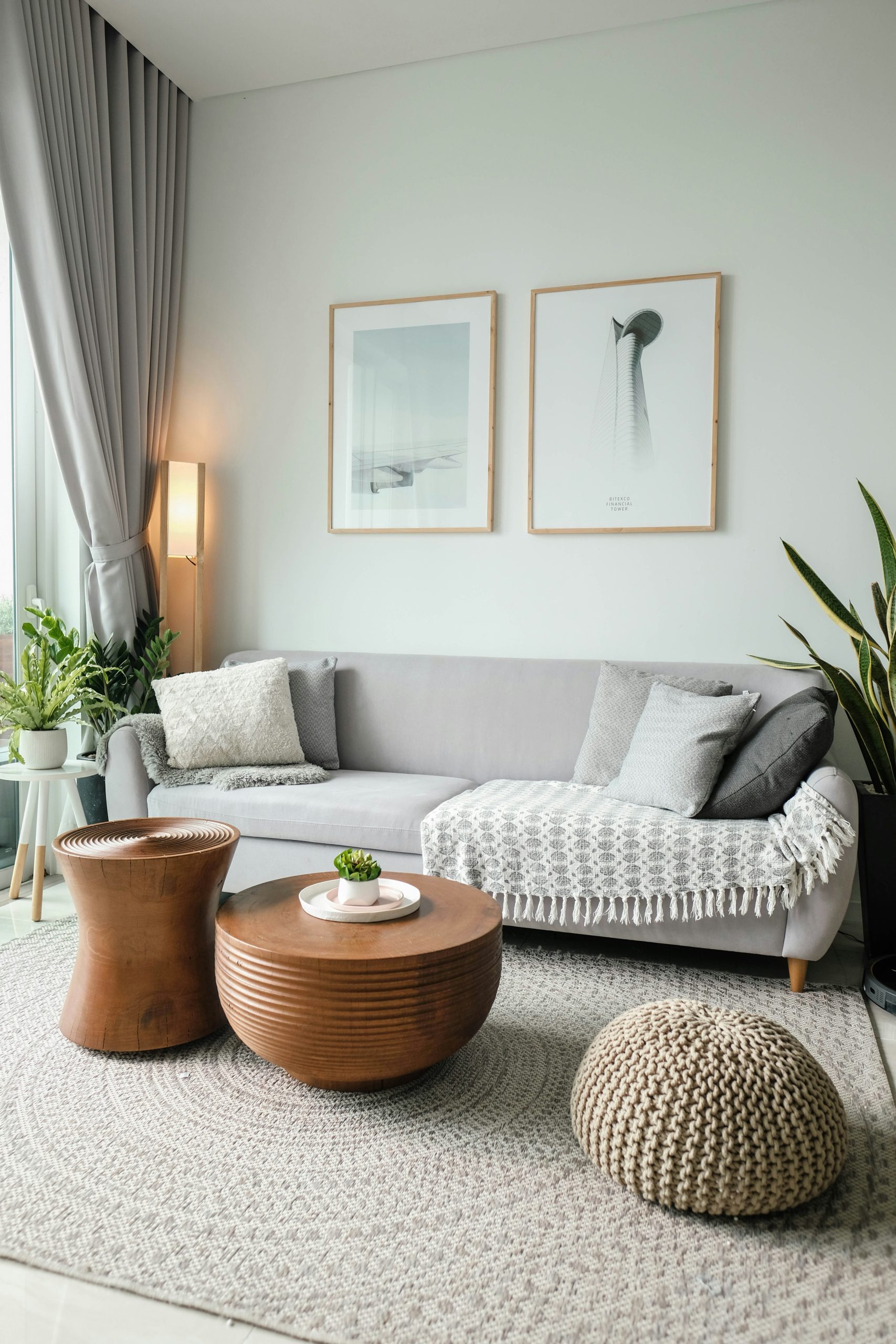
2). Modern, outdoor living areas
Ever since the COVID pandemic and subsequent lockdowns, expanding living spaces to the outdoors has gained in popularity. Features like plant-filled front porches, outdoor kitchens, fire pits, and cosy seating areas create inviting spaces for relaxation and entertainment for all family members.
“There has definitely been a greater appreciation for outdoor living spaces since COVID,” said Ms Wilson. “Outdoor fabrics and mechanisms for shading have greatly improved in recent years allowing people to fully embrace seamless indoor/outdoor living.”
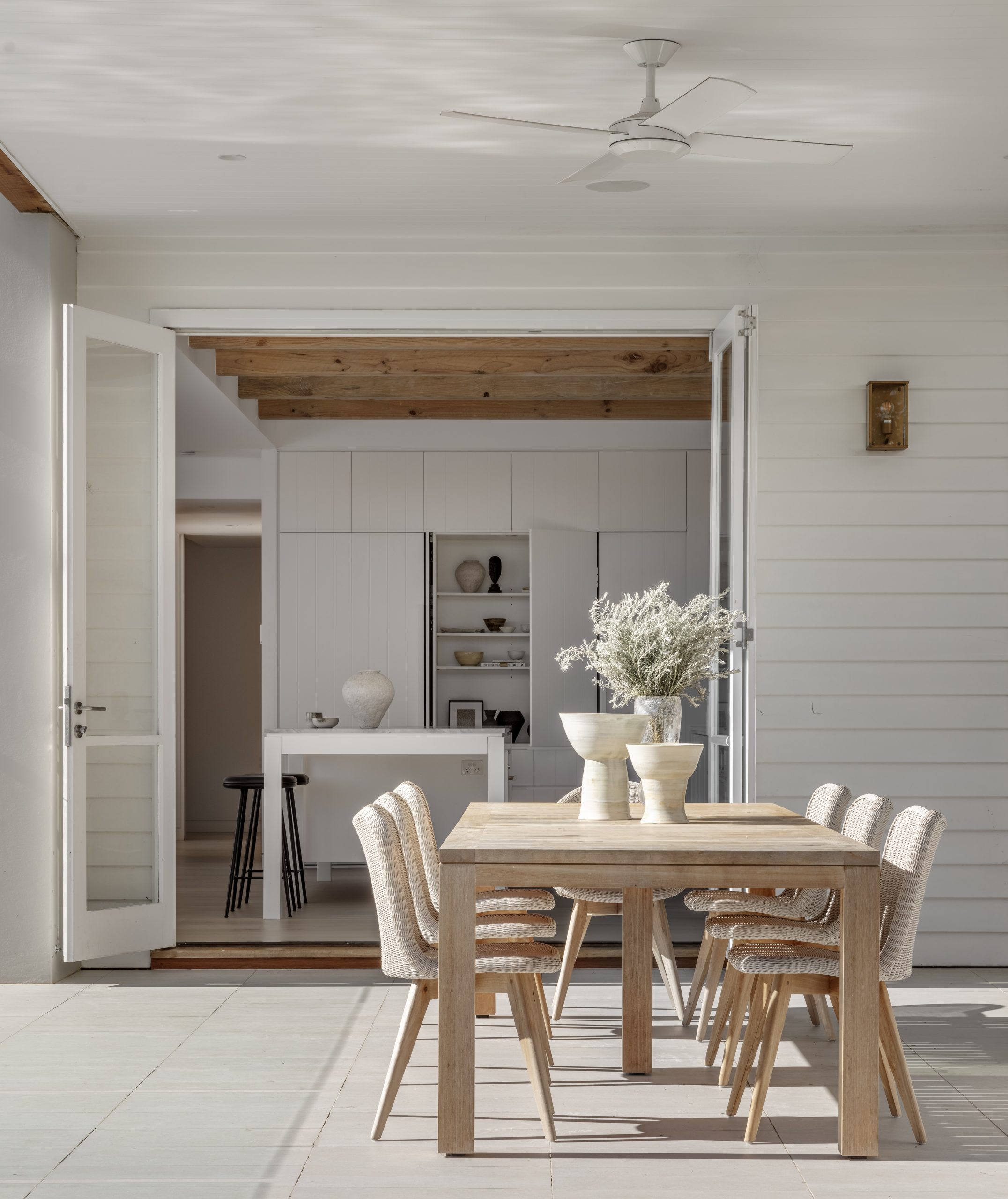
3). The integration of smart technology
Integrating smart home technology throughout your home continues to gain traction with homeowners. As we increasingly look to rely on technology to make our lives all the more seamless, smart technology throughout allows homeowners to control a variety of tasks and zones remotely, enhancing convenience, security, and even energy efficiency. This can include controlled heating and cooling from your phone, automatic lightning, voice control commands, and more.
“The technology for seamless appliances has come a long way. At Salone del Mobile Milano this year, we experienced the new Gaggenau fully integrated induction bench top, which in terms of kitchen design, is a huge advancement,” said Ms Wilson.
Gaggenau, the German manufacturer of high-end home appliances, is at the forefront of smart home technology, paving the way for intelligent cooking appliances that learn and adapt to user preferences. Gaggenau’s essential induction cooktop, the functional and seamless cooking surface Ms Wilson speaks of (pictured below), is designed to be “seamlessly integrated into a kitchen’s worktop”.
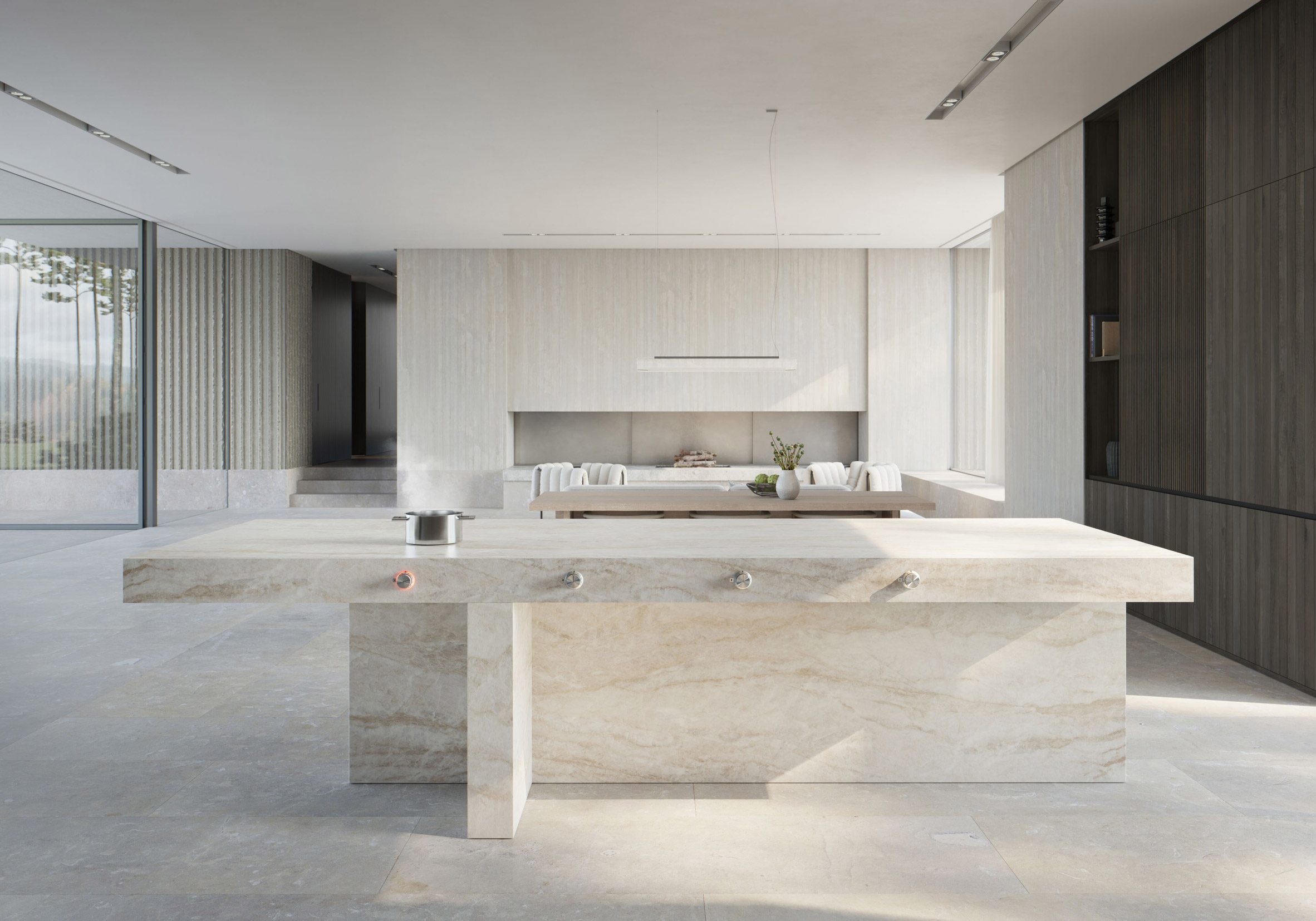
4). Health and wellness features
Prioritising health and wellness in 2024 is paramount, and home design that can include features like air purification systems, dedicated exercise spaces, recovering hubs—like saunas and ice baths—and relaxation areas to support physical and mental wellbeing will go a long way in not only adding value to your home, but providing a space that is architecturally on-trend and with the times.
“I’m seeing a lot of demand for in-built saunas, both traditional and infrared, particularly in the homes of our US clients,” said Ms Wilson.
“Bathroom suppliers such as Kohler, Duravit and Toto are offering increasingly sophisticated products that incorporate an almost spa-like experience in your at home bathroom. Examples of this are fantastic multi-nozzle showers and steam showers, Japanese toilets incorporating bidet technology, and elegant and serene bathroom furniture that can be fully customised for clients.”

5). Sustainability is key
A common goal among homeowners and future buyers alike is to own a property that is flexible enough grow with them. Futureproofing your home with sustainable measures will not only ensure its longevity, but it will help homeowners to play their part in addressing their carbon footprint.
“The current cost of living crisis is leading to a lot more multigenerational living, meaning families are prioritising durable materials and sustainable power sources, like solar,” said Ms Wilson.
Consider adding solar panels to your home, utilising sustainable materials in any upcoming renovations or builds, like recycled timber, and utilising energy-efficient lighting throughout your home.
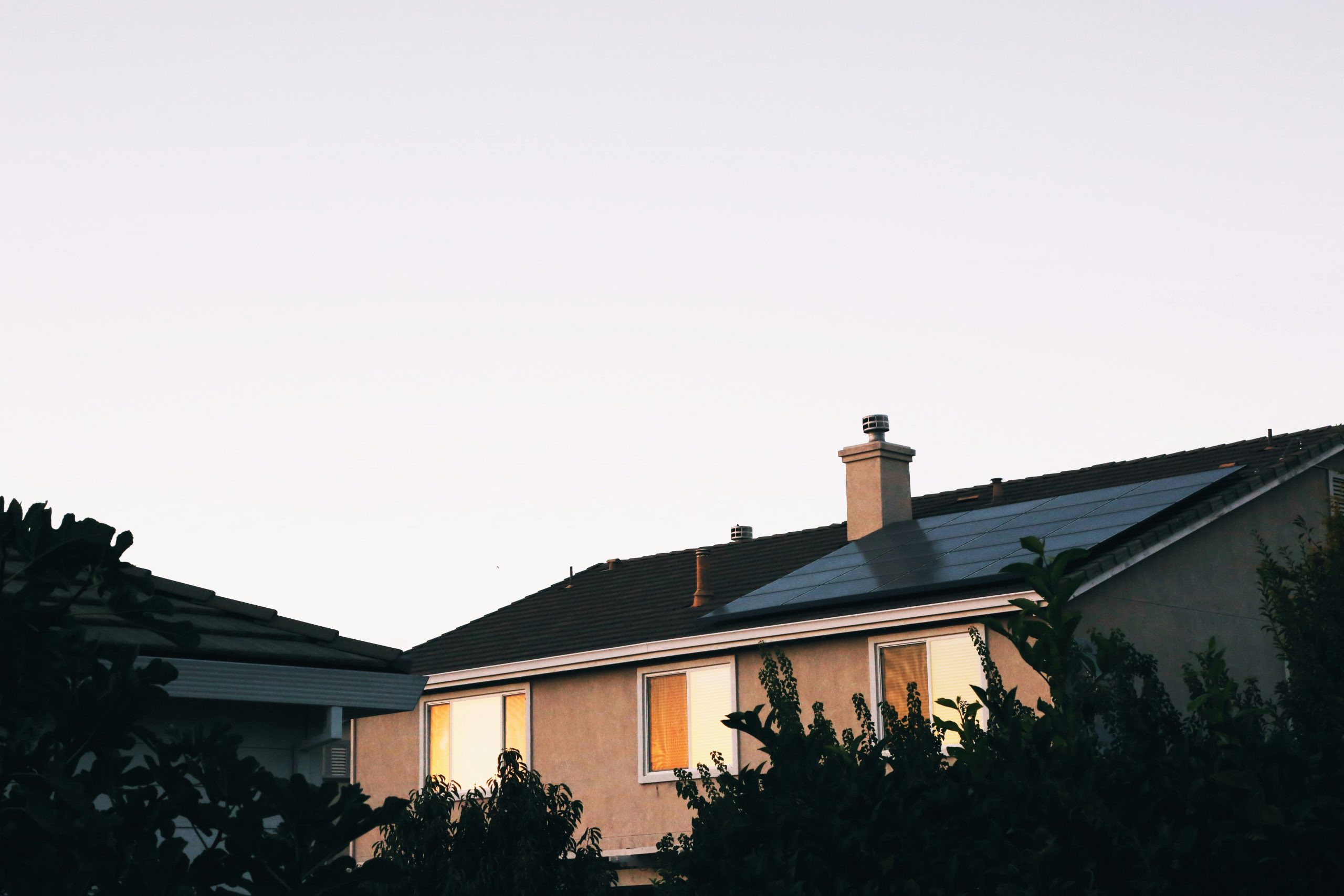
6). Minimalist design
Do as the Scandinavians do – introduce minimalist design into your home. Embrace simplicity and clean lines with a focus on interior design. Decluttering in main living spaces is surprisingly effective. Adopting the approach of ‘Swedish Death Cleaning’, which essentially involves slowly ridding your house of unwanted or unused items once you reach the other side of 50, will also help you whittle your possessions down to the beautiful and the necessary.
Minimalist design in home appliances is also making a resurgence in 2024 according to Ms Wilson.
“What I’ve been interested to see at Salone del Mobile Milano in 2024 is a huge return to stainless steel finishes, and more and more seamless integration of appliances,” said Ms Wilson.
“We’re seeing timeless materials in reimagined applications: copper baths and stainless steel basins are emerging trends with the potential to be timeless. These materials are so practical, and pair beautifully with natural stone and timbers.”
Above all, maximising different spaces through efficient and effective storage options will also do wonders in achieving that minimal aesthetic.
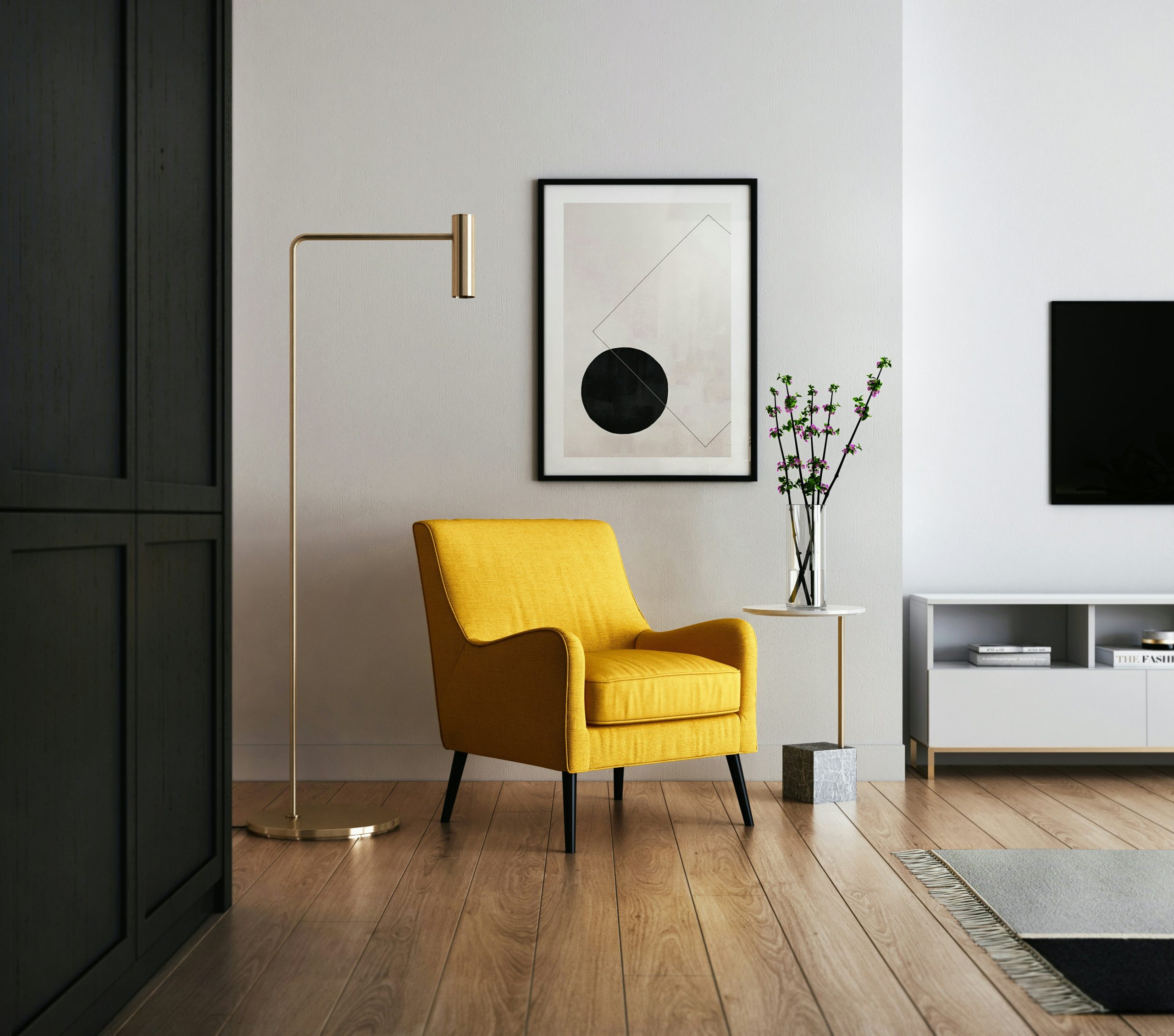
7). Multifunctional spaces
As we move towards greater efficiency of space, it’s useful to consider multifunctional spaces throughout your home. In 2024, we are seeing more homes incorporate multifunctional spaces and trends. This includes using multifunctional furniture in main bedrooms or living spaces—furniture that can act as storage ottomans or convertible sofa beds—as well as transforming wasted space, and open up indoor to outdoor living.
“Multifunctional spaces in homes are a great idea. Particularly in small homes, it makes a lot of sense to achieve maximum value out of the limited space available. The way you use a space can change as your family evolves over time, so it’s always good to design in such a way that allows for flexibility,” said Ms Wilson.
“Make sure that the functions you allocate to a single room are compatible with the space available and each other. For example, it works really well to combine a living room, a dining room and a kitchen in one open plan space because these are all public, lively spaces. It doesn’t work very well to combine, say a study, with these spaces because you will want control over the visual and acoustic privacy in a study.”

8). Think about biophilic design
A buzz word among architects and interior designers, biophilic design is one of the strongest trends in 2024 thanks to its benefits in garnering a sense of harmony and connection between your home and the environment. Consider incorporating natural elements into home design, such as large windows to maximise natural light, indoor gardens, and natural materials like wood and stone.
“Biophilic design is a timeless principle, in that home design should connect people in a positive way with their natural environment by maximising access to, and the ability to control, natural light and ventilation, which really helps to create an enjoyable (and healthier) environment to live in,” said Ms Wilson.
“Increasingly, there is a demand for this positive relationship to the natural environment; by leaning on the principles of biophilic design, you can create a haven and retreat at home that can help with the daily stresses of life.”
Ways to foster that indoor-outdoor connection can be through the addition of smaller internal courtyard spaces filled with greenery, or incorporating indoor plants and adding greenery into different rooms throughout your home.
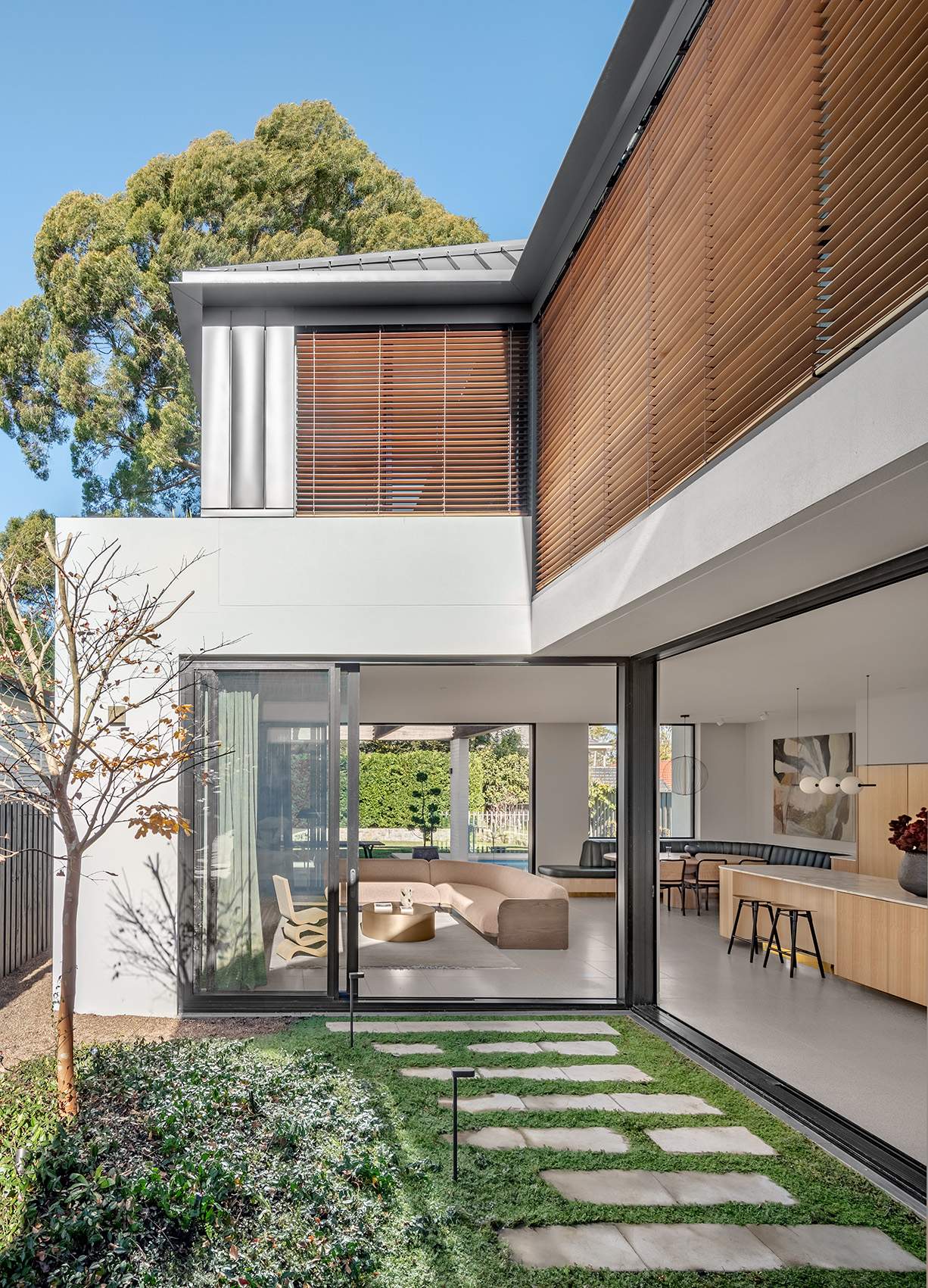
—
Consumers are going to gravitate toward applications powered by the buzzy new technology, analyst Michael Wolf predicts
Just 55 minutes from Sydney, make this your creative getaway located in the majestic Hawkesbury region.










